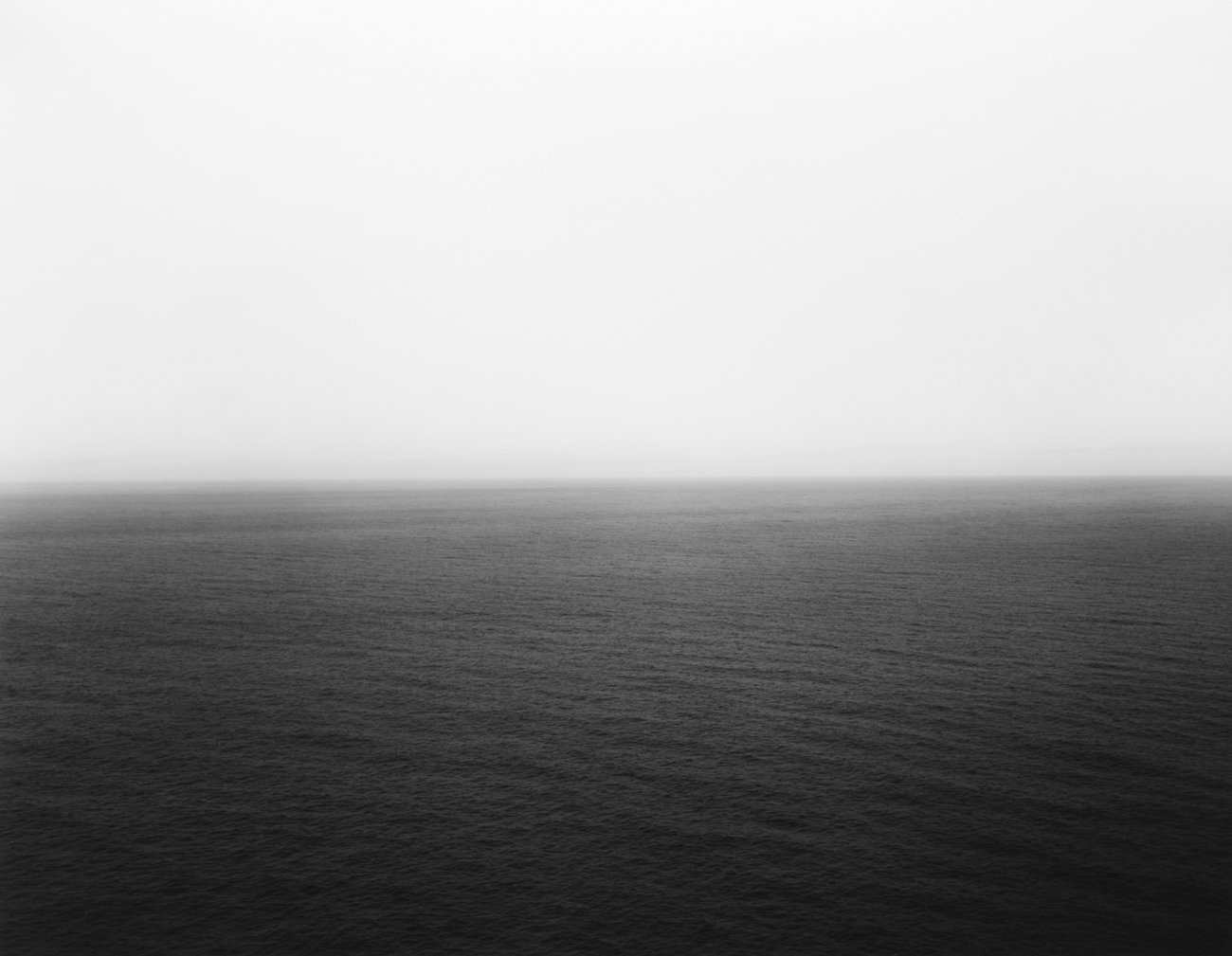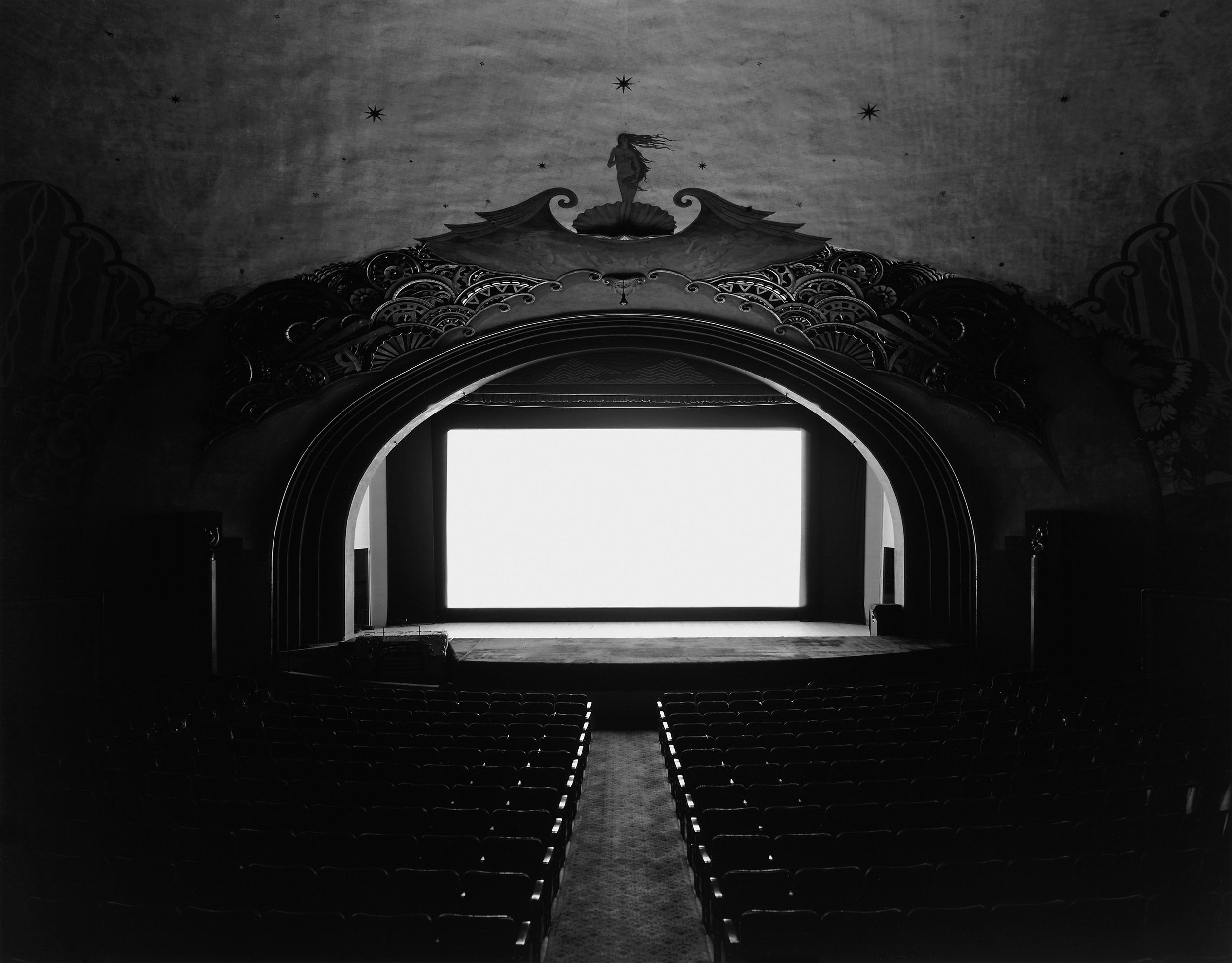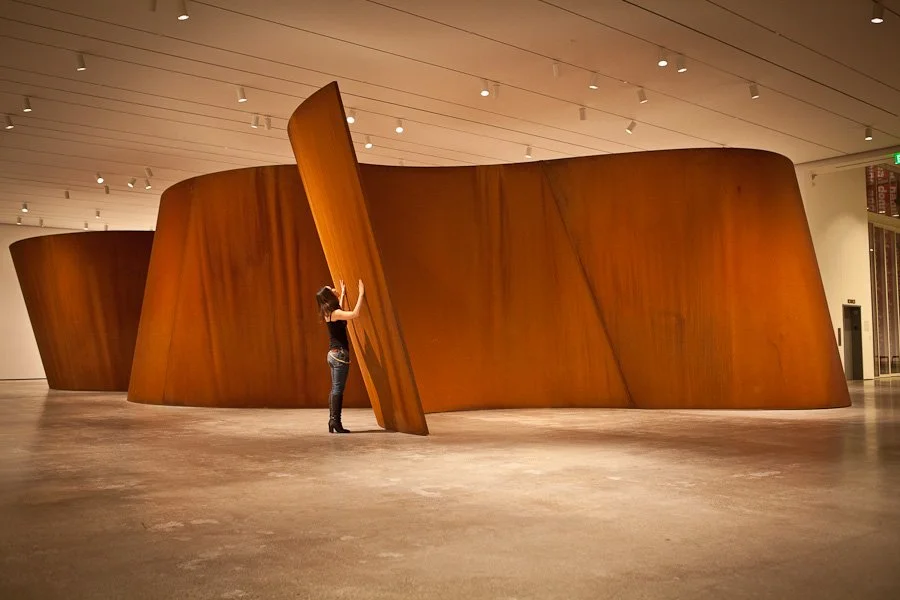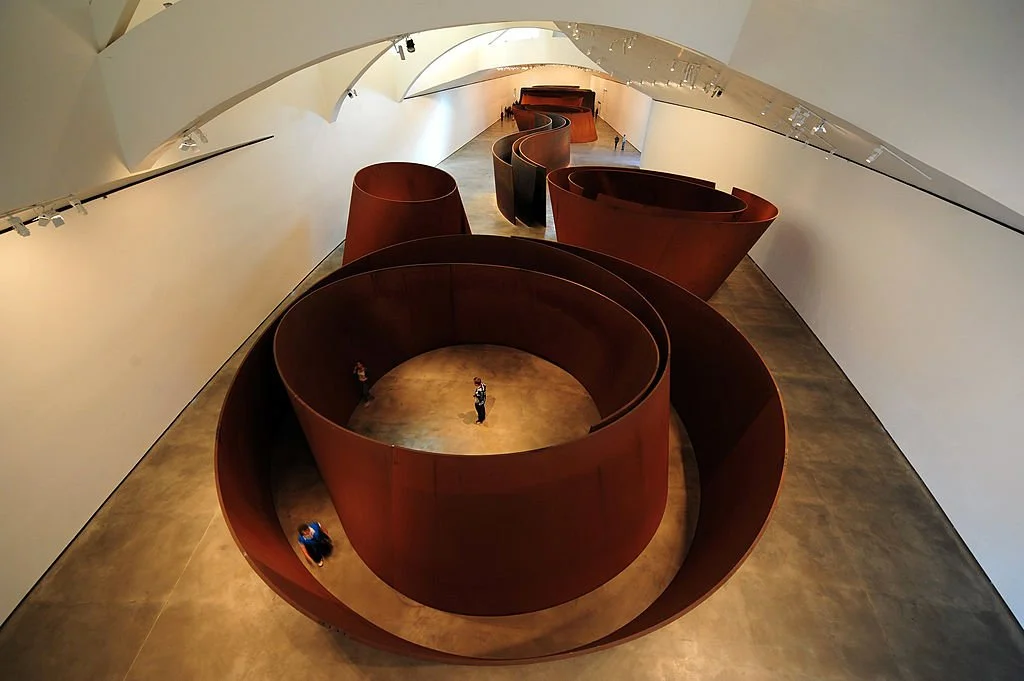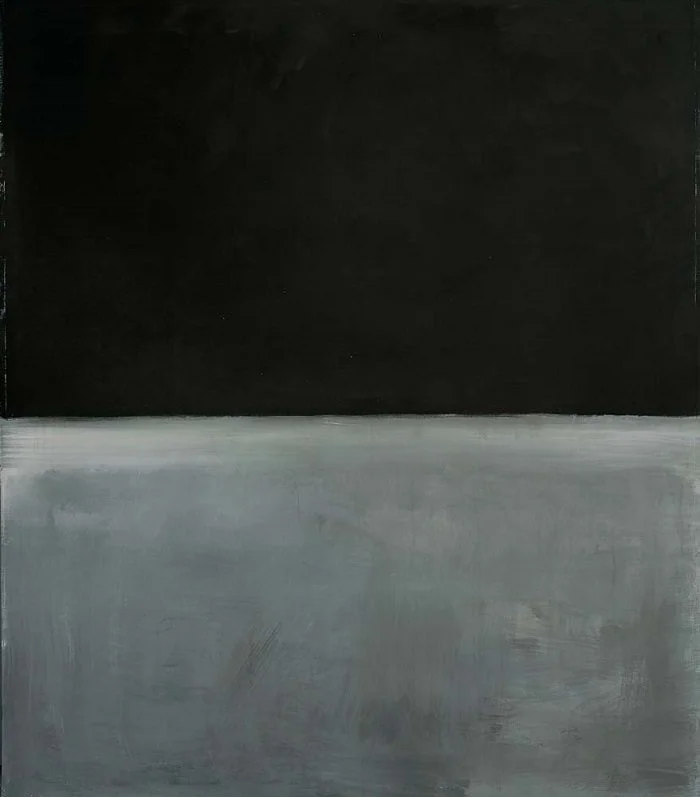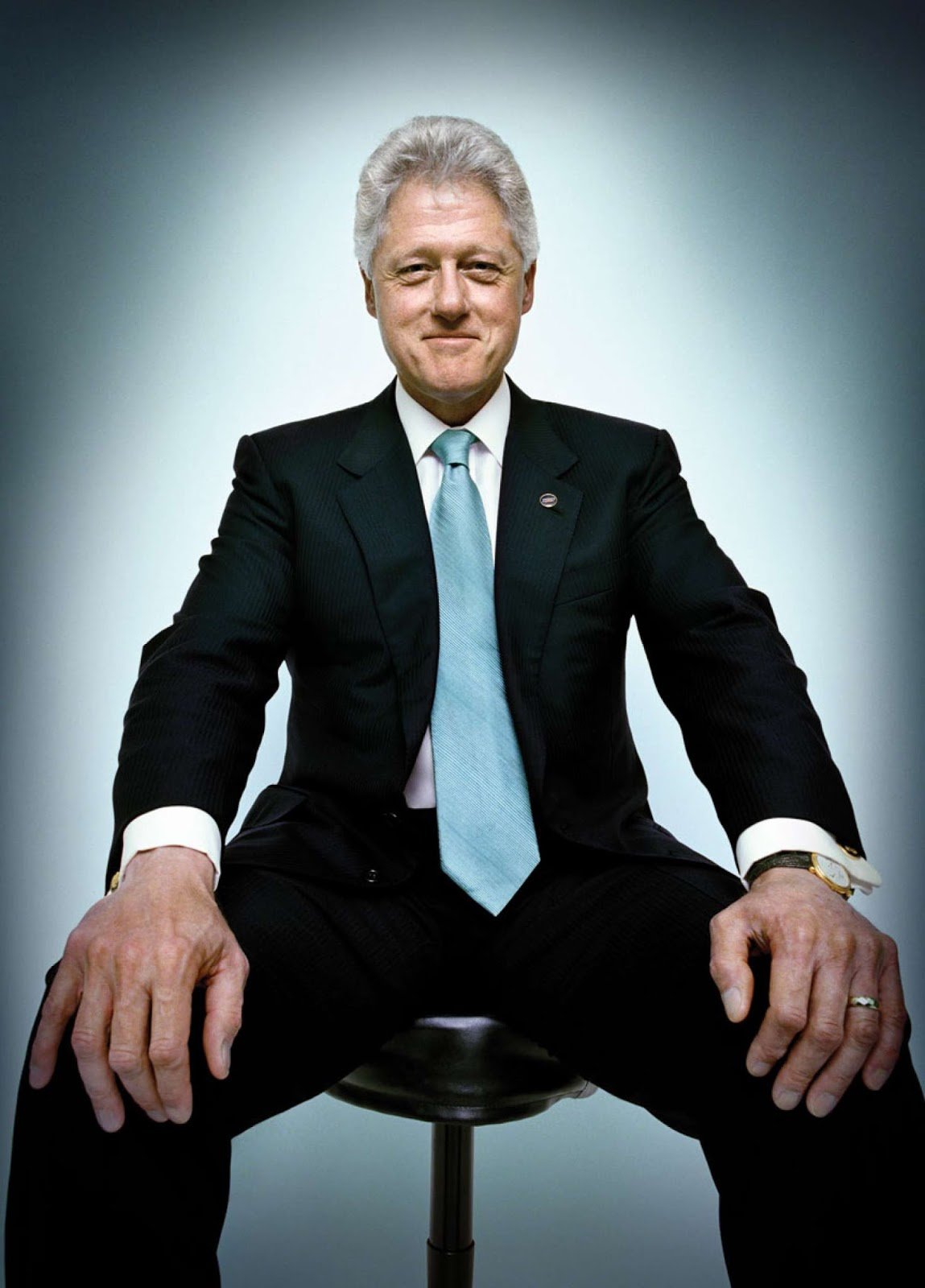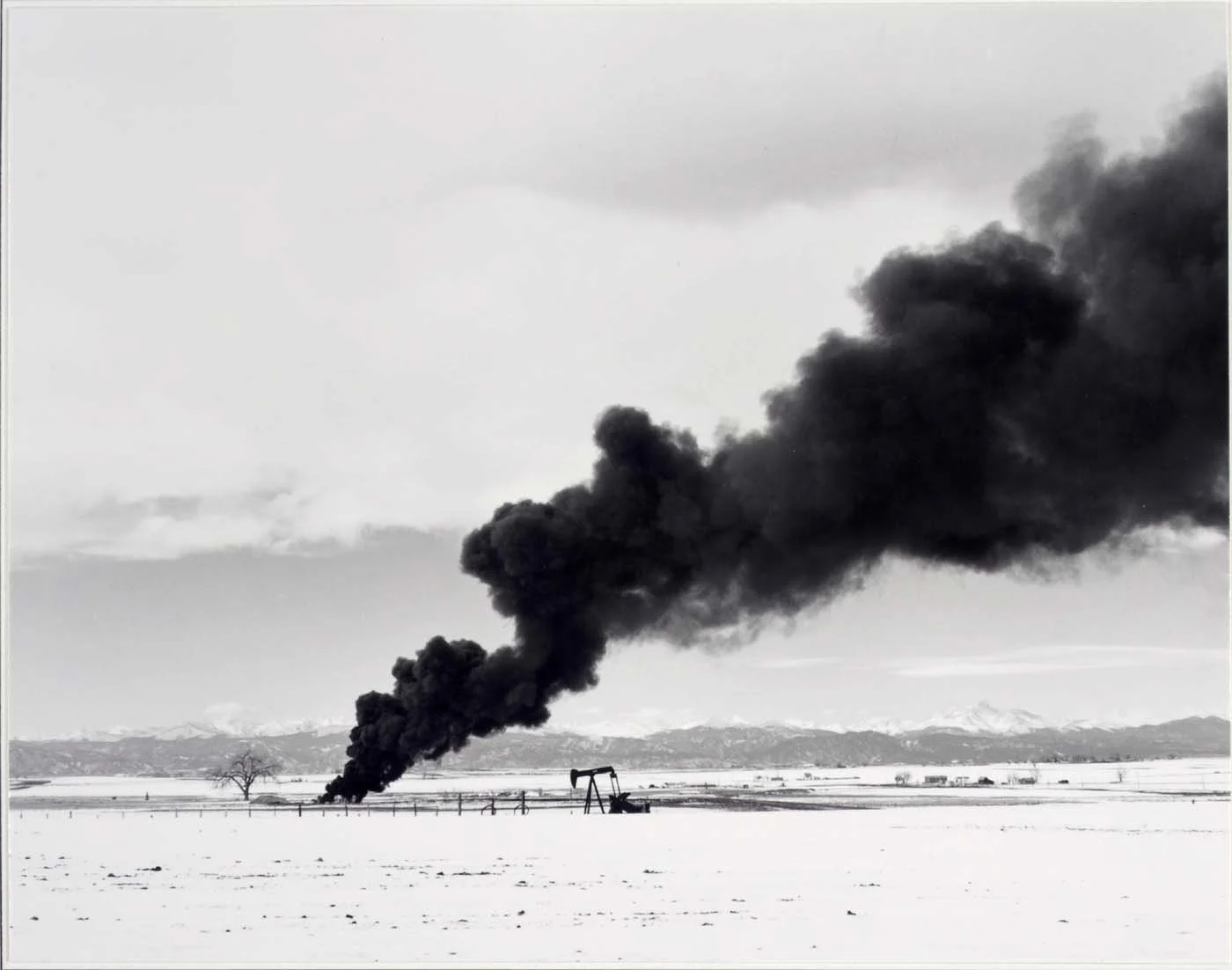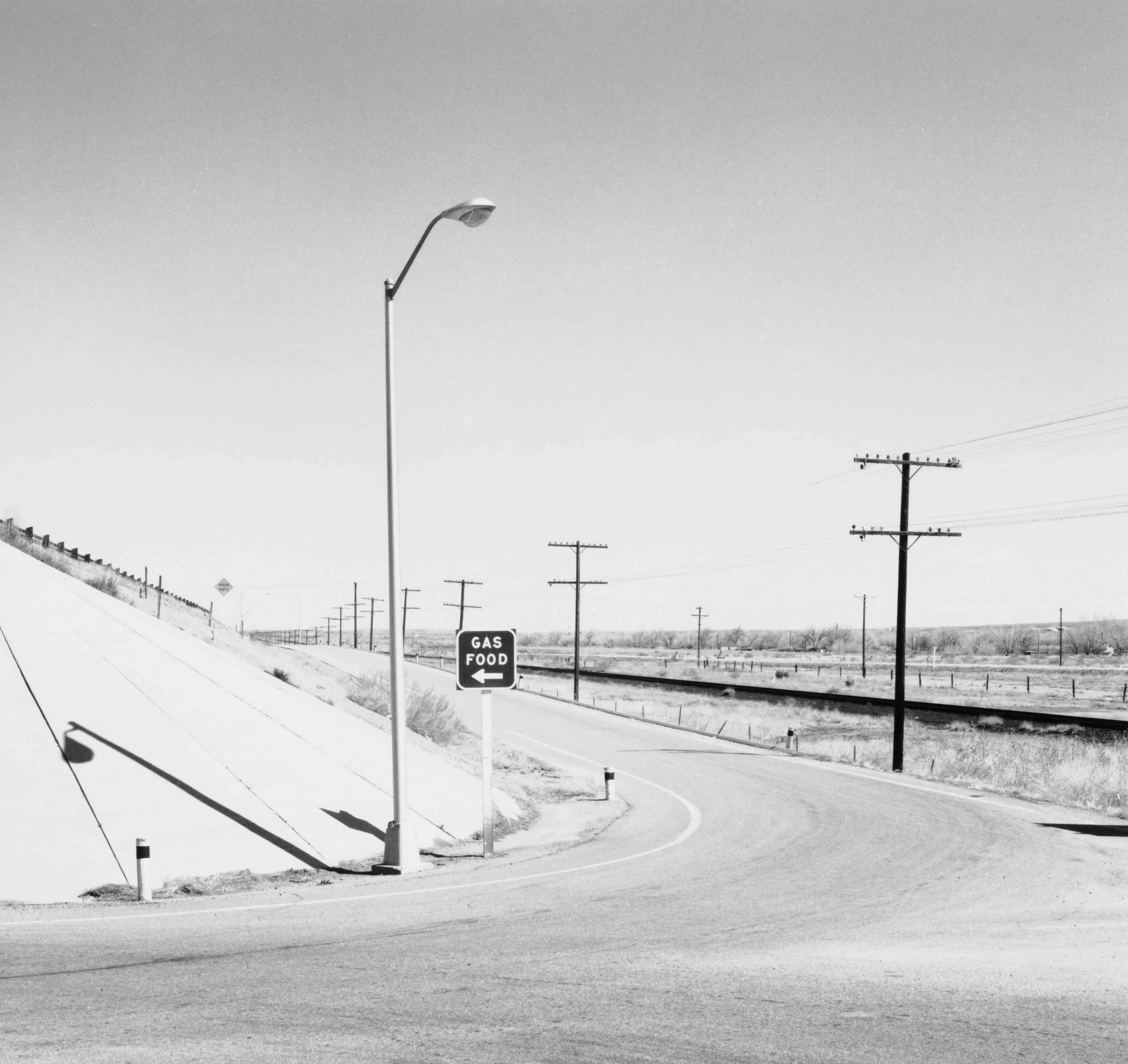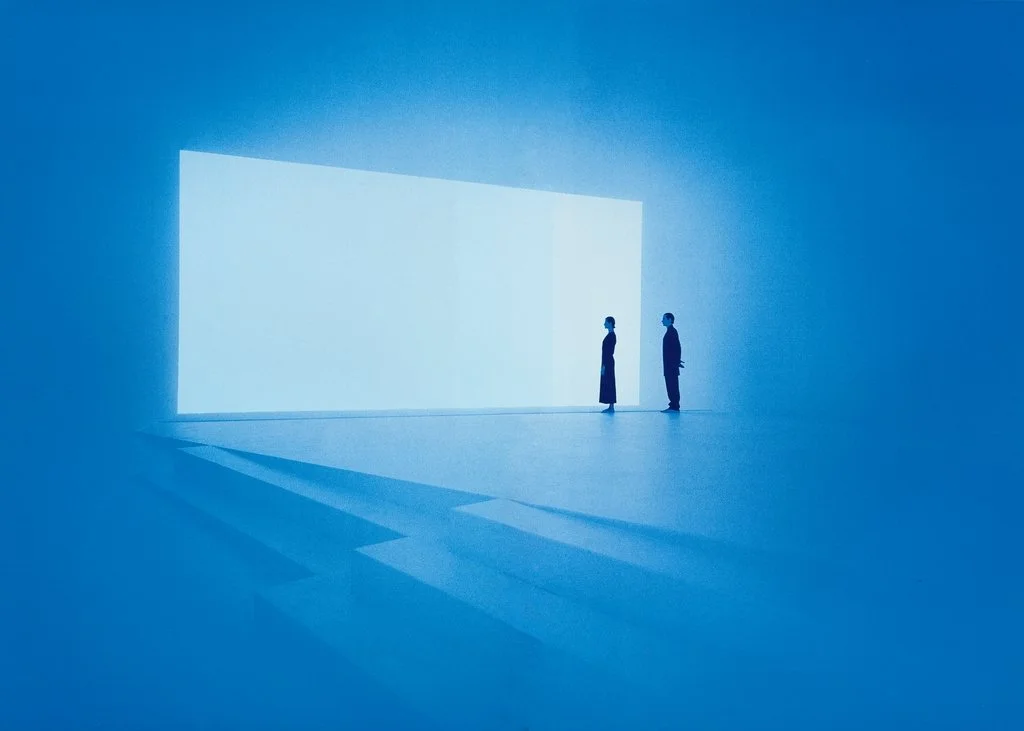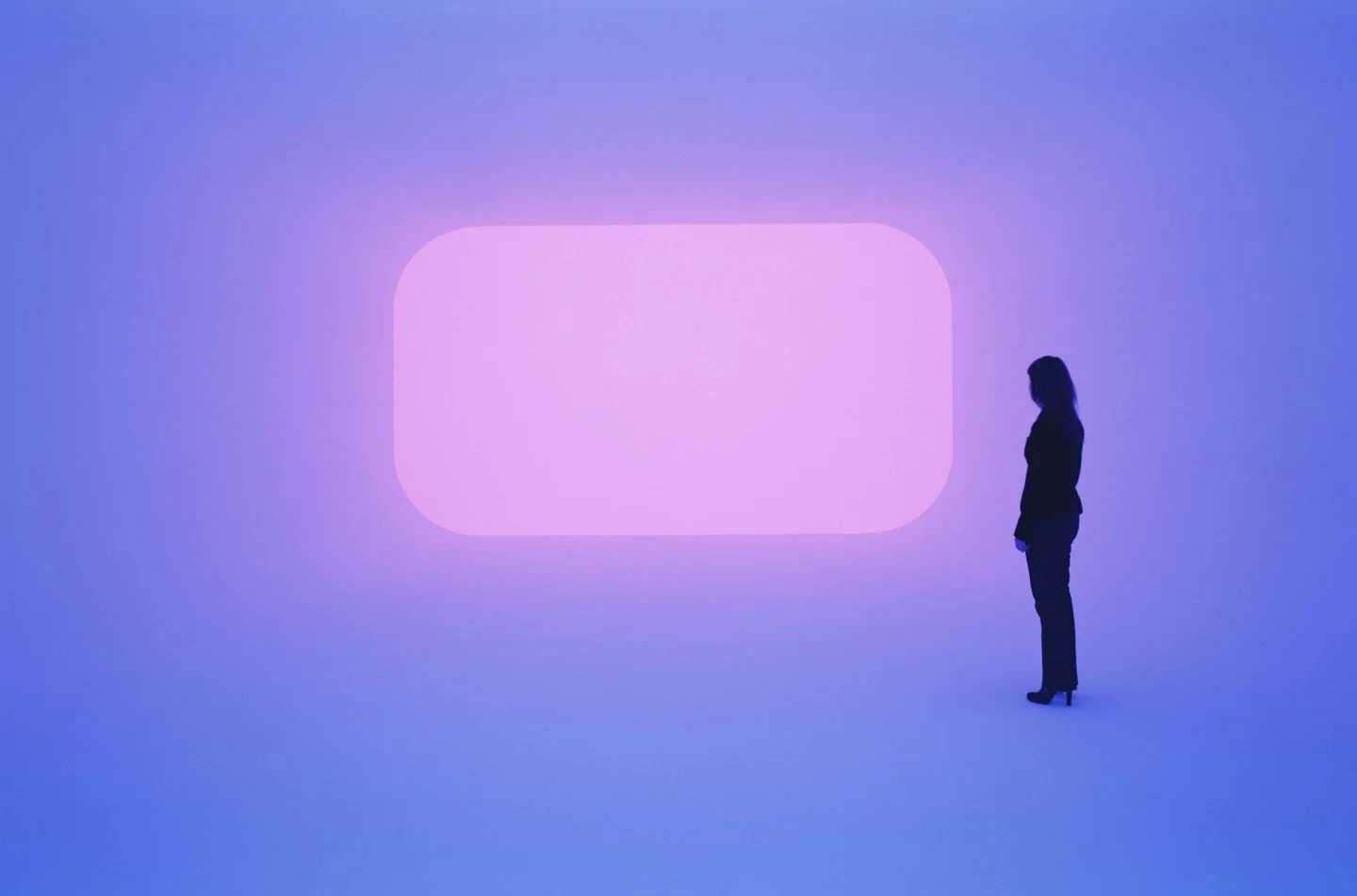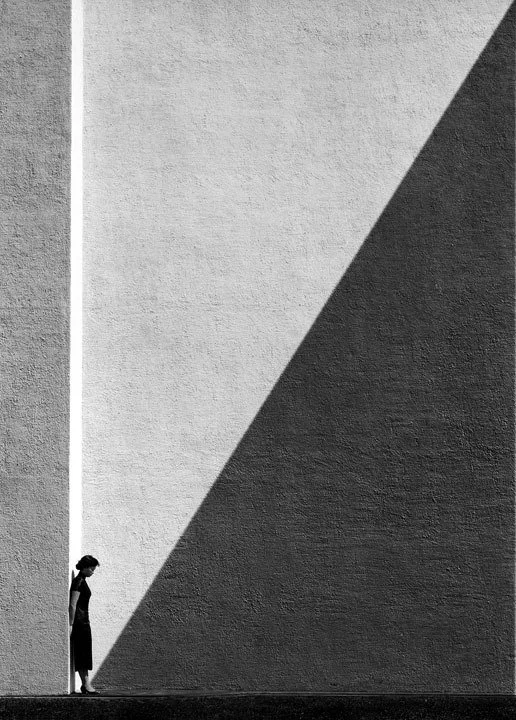10 minimal artists you should know
Picture yourself looking at a landscape or a painting of one or two colours and you say to yourself this isn't art, I could have done that. You roll your eyes and think to yourself there is no skill, craftsmanship or story here. But you would be missing something very important if you left it at that. First off I'm not talking about minimalism as a lifestyle choose of tidying up. I'm talking about art at its most raw, simplest form.
Minimalism originated as a rebellion on abstract expressionism. Minimalism was also known as ABC art, object art, primary structures and cool art, but the name minimalism stuck. Work that captured a moment rejecting expression, it was deliberately uninteresting.
Minimalism isn't supposed to look or be constructed like the artwork of the past, nor is it support to convey the same message. It's a movement away from traditions and values. Minimalism can interest you but doesn't draw you in and hold your gaze. The art is empty, a feeling for space and absence, you begin to know your place and where you are standing. Minimalism is less of an escape and more a zen moment in time, you become airily aware you are the viewer.
So with this little introduction, I wanted to showcase some artist you should know that I think adopted a minimal asthetic. And hopefully, you might learn or take away something you never thought would inspire you.
- Michael Kenna (born 1953)
Kenna's photography focuses on landscapes with dramatic light, achieved by capturing his landscapes at dawn or at dusk with exposures of up to 10 hours. Kenna mainly used a Hasselblad medium format camera to give his photos a square format.
Kussharo Lake Tree, Study 6, Kotan, Hokkaido, Japan, 2007
- Hiroshi Sugimoto (born 1948)
Sugimoto work serves as a time capsule. His work focuses on briefness of life, and the conflict between life and death. His use of an 8×10 large-format camera for long exposures which has gained Sugimoto a reputation as a photographer of high calibre.
- Andreas Gursky (born 1955)
Gursky's work is captured from an elevated perspective. This angle enables the viewer to encounter scenes which are ordinarily inaccessible. Gursky captures large, anonymous, man-made spaces and interiors. Gursky photographs with a 5x7 inch large-format camera, before scanning his negatives to work on them digitally.
- Edward Weston (born 1886-1958)
Over the course of Weston's 40-year career, he photographed a wide range of subjects, from landscapes, still lifes, nudes and portraits. He mainly used an 8×10 view camera to capture his work. He has been called one of the most innovative and influential American photographers.
- Richard Serra (born 1938)
An American minimalist sculptor is known for working with large-scale sheets of metal. In his early years, he worked in steel mills, which had a strong influence on his later work. Serra was given the Presidentʼs Medal from the Architectural League of New York in 2014, he was the first artist to be given the award.
- Mark Rothko (born 1903-1970)
Rothko was an American painter of Russian descent. Between his early style of primitivist and urban scenes, his later style of colour fields was a long transition. This development happened because of two major events in Rothko's life: The beginning of World War II, and his influence by Friedrich Nietzsche. He is one of the most famous postwar American artists.
- Platon Antoniou (born 1968)
He is a 21st-century photographer who has taken portraits of many well-known world figures. His style is cut back, only focusing on the subject, with either a white or black background. He primarily uses wide angle lenses on a Hasselblad film body.
- Robert Adams (born 1937)
An American photographer whose work focuses on changing landscapes of the American West. He photographed constantly in varying shades of grey. He used a Pentax 6x7 cm reflex camera for the rectangular frame for his landscapes.
- James Turrell (born 1943)
Turrell is an artist primarily concerned with light and space. Turrell is known for his light installations that create shapes embody mass and weight, even thou they are only created with light.
- Ho Fan (born 1931-2016)
Fan was a celebrated Chinese photographer who won over 280 awards internationally for his photography. His work embodied the Bauhaus movement, yet it was made in Hong Kong. His work is abstract and humanistic at the same time. He's images were captured using a Rolleiflex and Leica M3.


